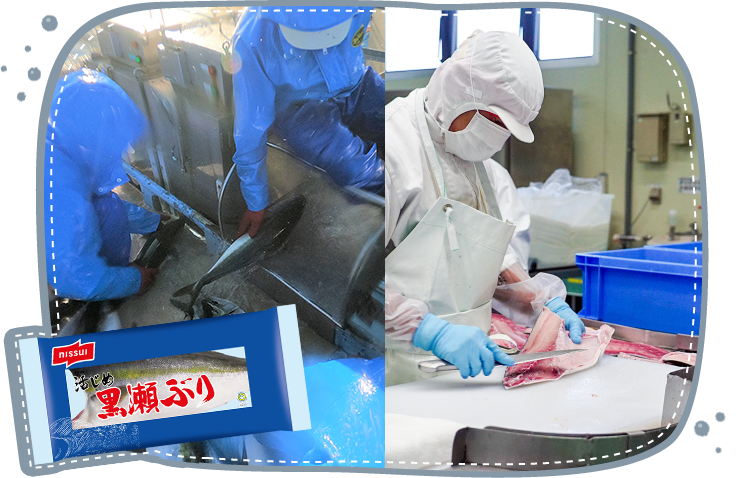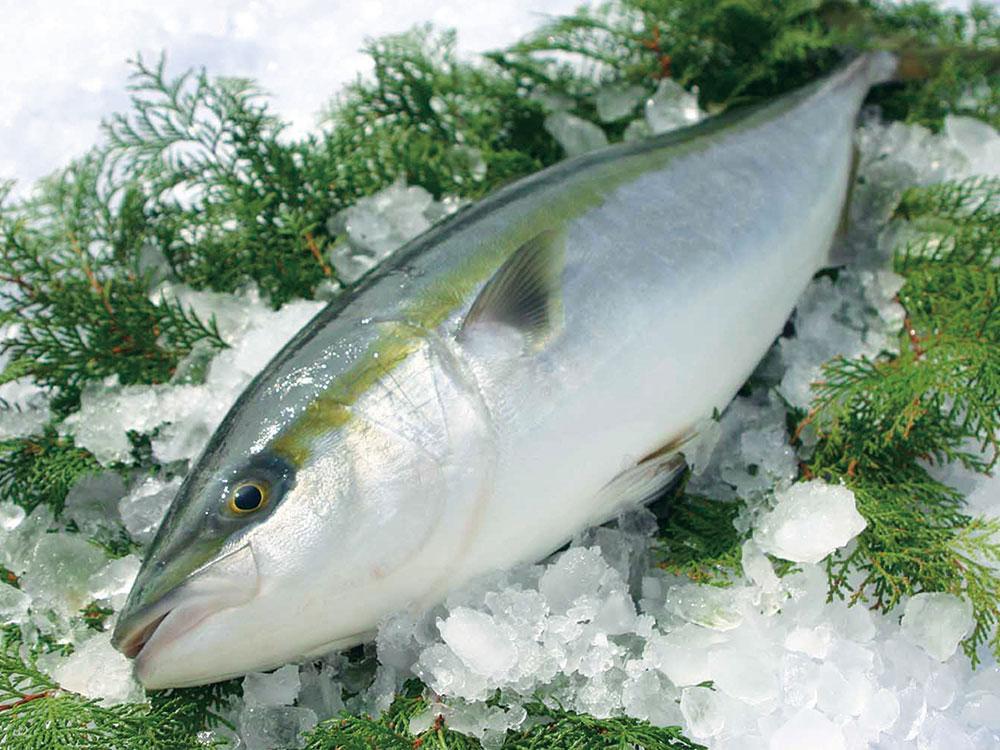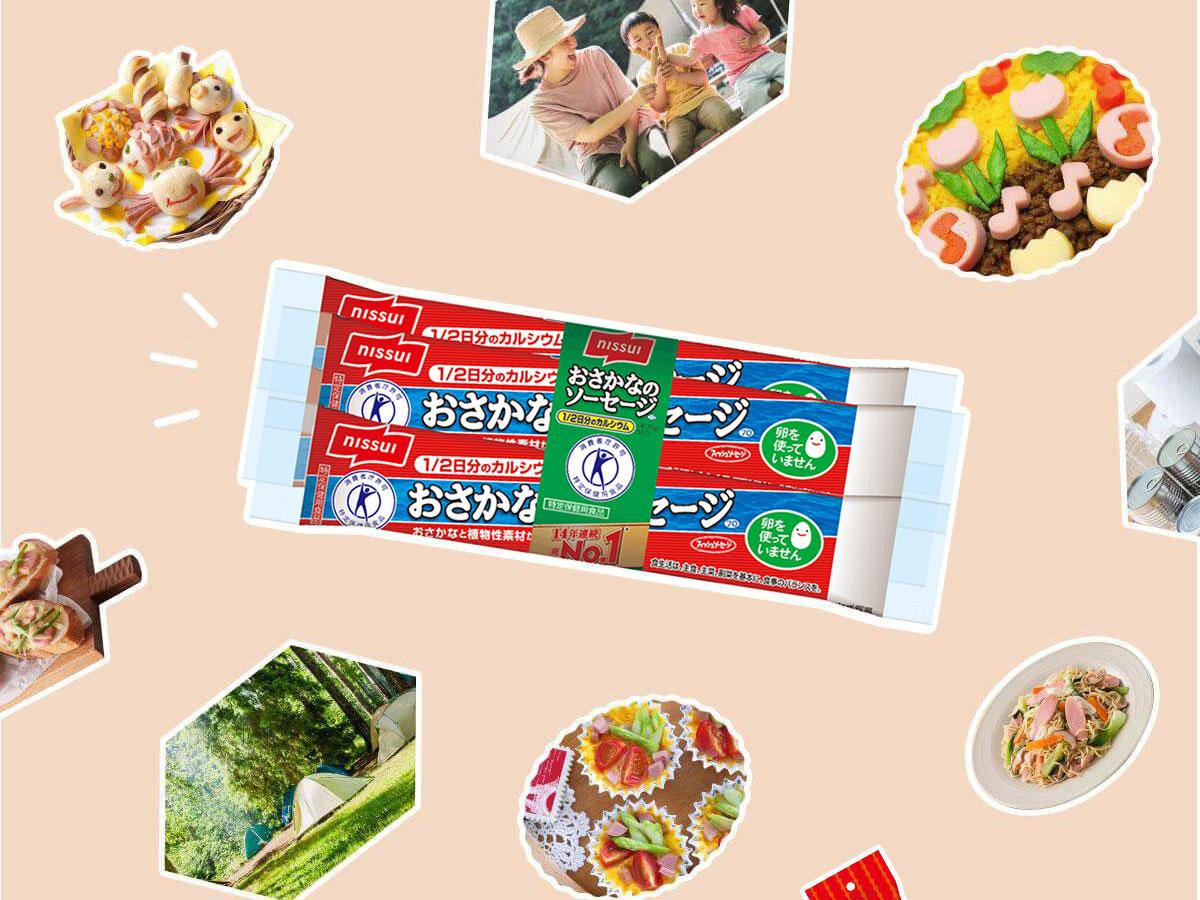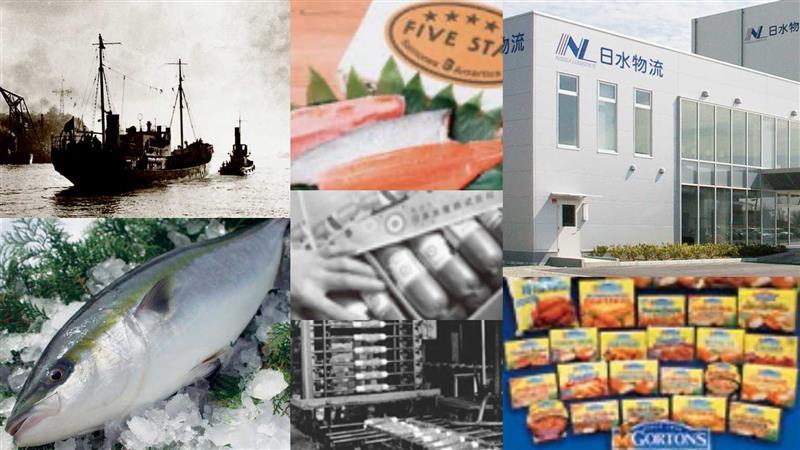A Taste of Kurose Buri That Wins Over Even Professional Fishers
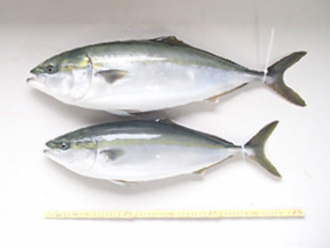
Above: Kurose Buri grown through advanced full-life cycle aquaculture. Below: Conventionally farmed Japanese amberjack at the same age - note the significant size difference.
Not Just for Winter: The Secret to Year-Round Flavor
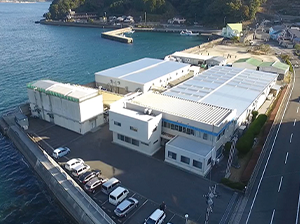
The Oita Marine Biological Technology Center specializes in aquaculture research and development
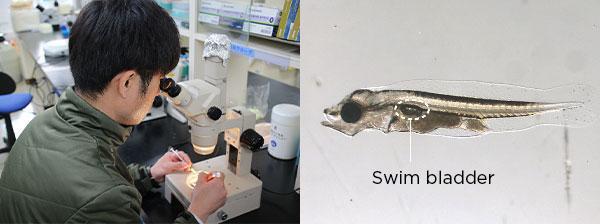
Japanese amberjack larvae. A properly formed swim bladder ensures balanced growth.
Advancing Quality of Kurose Buri Through Selective Breeding
A Surprising Secret Ingredient: Red Pepper

Kurose Buri maintains its color even 8 hours after processing (under refrigeration), while other companies' Japanese amberjack shows discoloration
